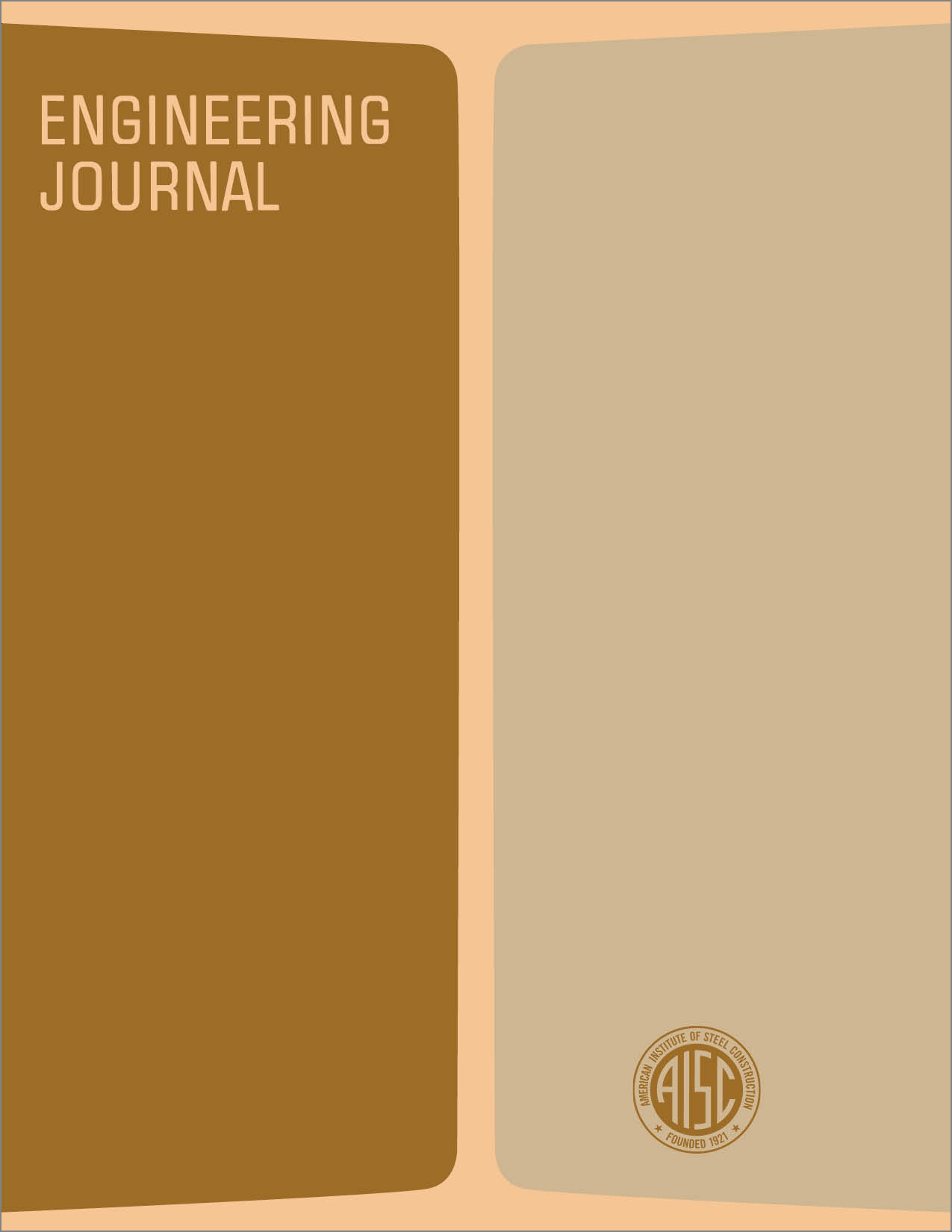Considerations in the Design of Bolted Joints for Weathering Steel
DOI:
https://doi.org/10.62913/engj.v20i1.389Abstract
In this discussion, some of the fundamentals that govern the behavior and design of bolted joints, in general, are first reviewed. Then, considerations that are particularly important in the design of joints in bare weathering steel are presented. The discussion is primarily concerned with highstrength bolts, since such bolts are the ones primarily used in construction today. High-strength bolts were introduced about 25 years ago, and have gained wide acceptance for the construction of bridges, buildings, and structures of all types. Most are furnished to the requirements of ASTM specification A325, which includes three types distinguished by chemical composition: Type 1, a medium-carbon steel; Type 2, a lowcarbon martensite steel; and Type 3, a weathering steel. All have a minimum tensile strength of 120 ksi for bolt diameters from 0.5-to 1 in., and 105 ksi for bolt diameters from 1.08 to 1.5 in. Also used for some higher load applications are ASTM A490 alloy bolts, which have a minimum tensile strength of 150 ksi for bolt diameters from 0.5-to 1 in. Both A325 and A490 bolts are quenched and tempered.

